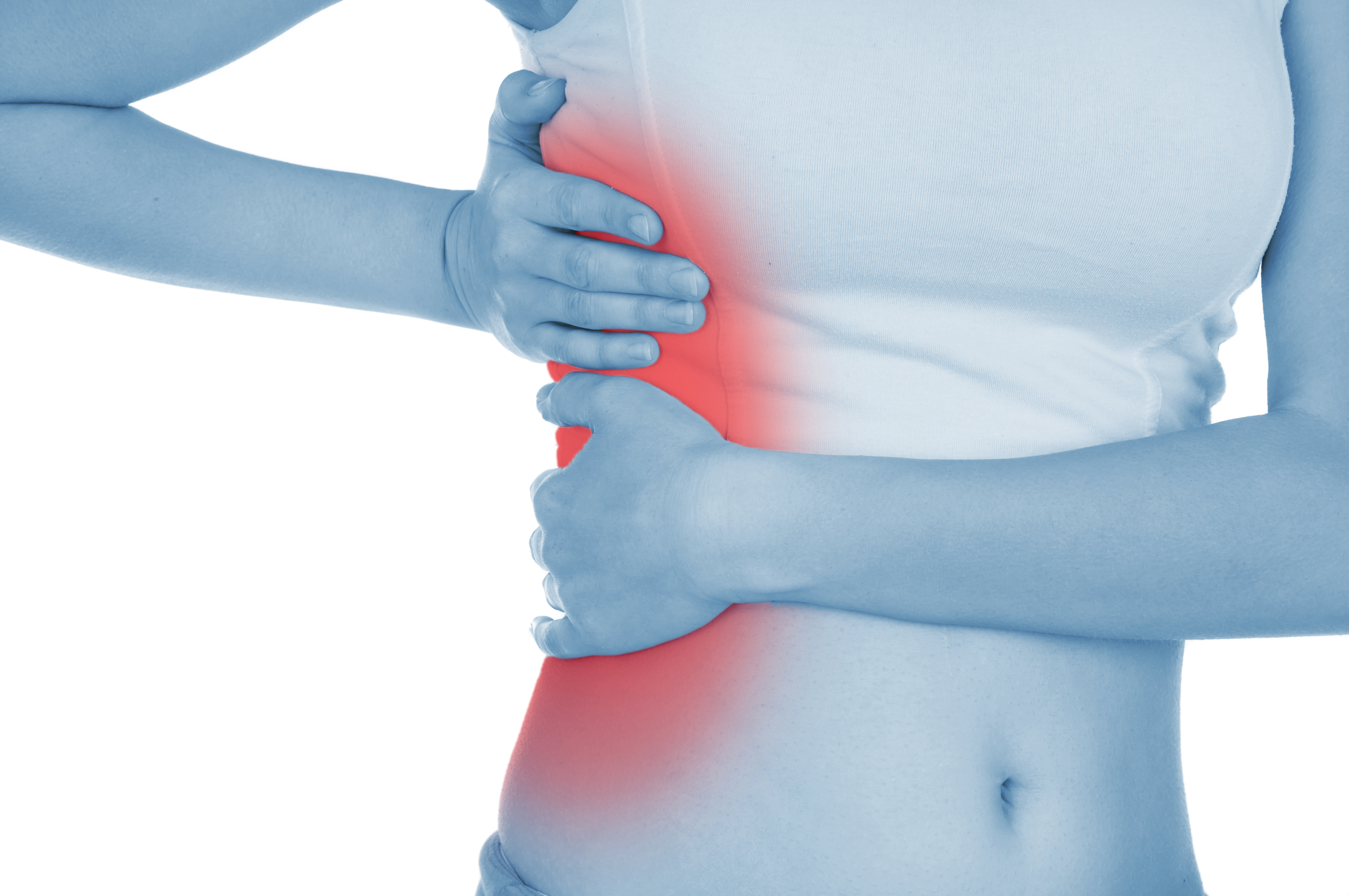A rib fracture is a crack or break in any part of the rib cage. The most common cause of a fractured rib is a physical blow to the chest, mostly from a car accident or a fall. Coughing hard can also fracture a rib. There is a higher risk of breaking their ribs for people with osteoporosis or cancer. Breathing is painful because the ribs aid in breathing.
It is common to have a punctured or collapsed lung (pneumothorax) when you have fractured ribs. You may have also injured your spleen, blood vessels or other parts in the body that is why it is important to see a doctor.
Flail chest is a condition where you have three or more broken ribs in more than one place. It is also harder to breathe with this condition.


